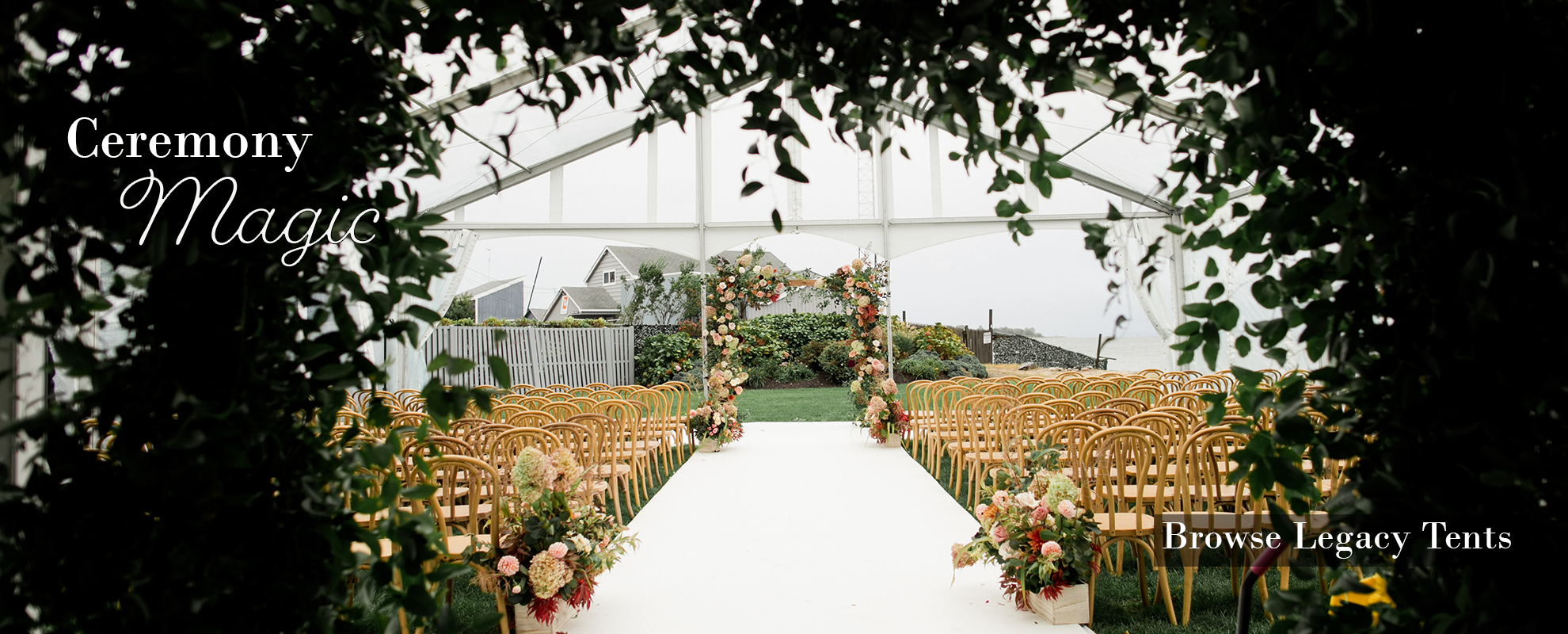

We are excited to announce that Elite Tent and Party and Please B Seated are now – Elite/PBS Events.
The same great service, all under one roof!
If you already have an event with us, we’re looking forward to it. 😊
If you’re new to us, browse our website, or Contact Us today.


